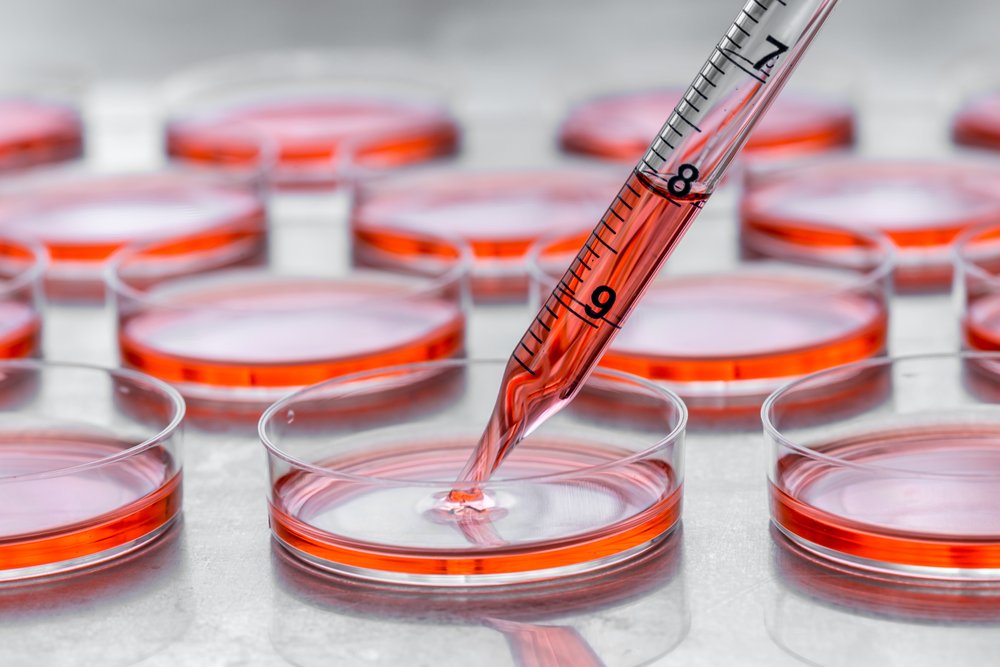#IARC2017 – Newly Potent Small Molecules Help Frataxin to Build Up in Cells, FA Study Finds

A new set of small molecules specifically targeting the ubiquitin degradation system inside cells was found to effectively increase frataxin protein levels in several cell types taken from Friedreich’s ataxia (FA) patients, and merits further investigation.
The study reporting these findings, “Highly specific ubiquitin-competing molecules promote frataxin accumulation in Friedreich ataxia iPSC-derived neuronal cells,” was presented by Giorgia Alaimo and Adriana Caroleo with the University of Rome-Tor Vergara during the Therapeutics and Clinical Trials poster session on Friday at IARC 2017. The International Ataxia Research Conference in Pisa, Italy, concludes on Saturday.
Low levels of frataxin protein are the underlying cause of Friedreich’s ataxia (FA). In a previous study, the researchers showed that a protein degradation pathway inside cells, called the ubiquitin-proteasome system, affects frataxin protein production, contributing to its low levels in cells.
The team now looked at therapeutic ways to increase frataxin protein levels by targeting and preventing its degradation by the ubiquitin-proteasome system. They characterized a set of small molecules, called ubiquitin-competing molecules, which prevent frataxin protein from being recognized by ubiquitin — the cellular molecule that tags damaged proteins for degradation at the proteasome.
To possibly make the ubiquitin-competing molecules selected to be studied more potent and effective, the researchers performed a series of optimization steps, analysis, and in cell validation. Then, they evaluated the molecules’ efficacy at increasing frataxin levels using several types of cells from FA patients: lymphoblastoid cell lines, primary FA patients’ fibroblasts (cells responsible for the synthesis of extracellular matrix and collagen), and FA-induced pluripotent stem cells (iPSC)-derived neuronal cells.
Through this work, they identified a new group of more potent molecules with greater effectiveness in promoting frataxin accumulation in multiple lymphoblastoid cell lines and in primary fibroblasts derived from FA patients.
Importantly, the newly identified compounds were effective at 10 times lower concentrations than the previous compounds.
One such compound, UCM166, was also effective at promoting frataxin accumulation in FA iPSC-derived neuronal cells, as well as in lymphoblastoid cell lines and primary fibroblasts.
“These discoveries suggest a new therapeutic strategy: interfering with frataxin degradation. So [by] preventing degradation … we’re expecting a strong increase of frataxin levels,” Caroleo said to Friedreich’s Ataxia News.
“We hope that these data strongly support the therapeutic potential of this class of compounds to cure Friederich’s ataxia,” Alaimo added.
A next step, Alaimo said, is “to make some more … functional tests to confirm the success of these molecules.”






